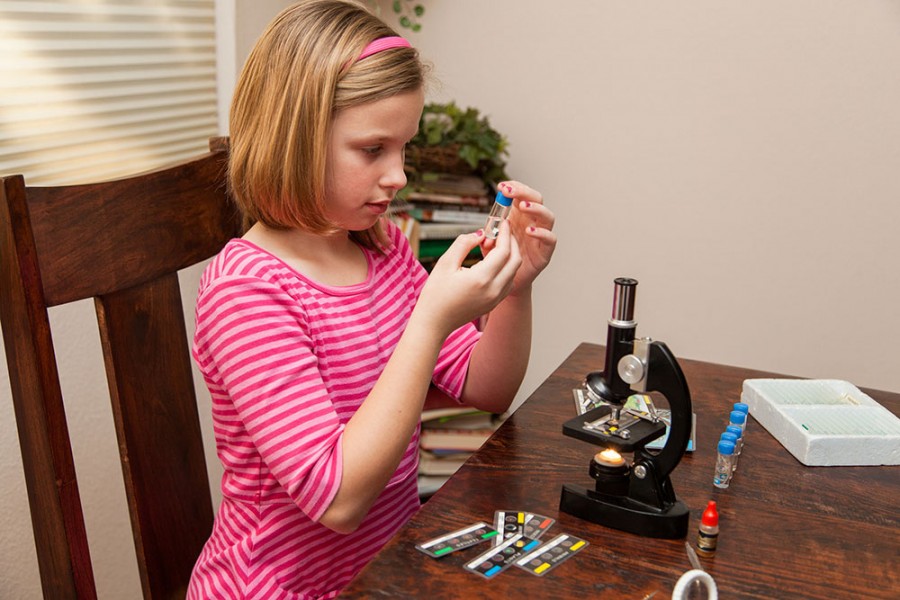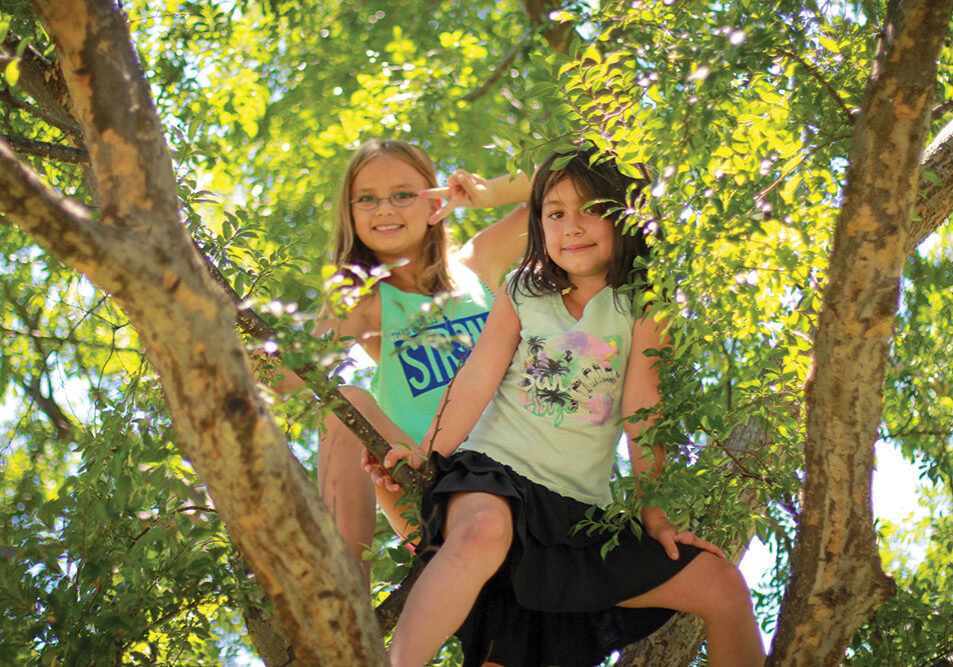If you are a student, you may have discovered that one of the most challenging parts of the science fair process is choosing a researchable topic that is both relevant and interesting to you, and you may need some help with formulating a good research question about your topic.
There are two main branches in science fairs: one is engineering, where students typically construct something to solve a problem, and the other is research/inquiry based, where students develop a testable question and gather data. This article focuses on the inquiry approach.
Searching online for “Science Fair Ideas” or just deciding on whatever seems easiest to you often leads to a boring project that you can’t really get into. Fortunately there are ways to find a topic that is right for you and that doesn’t sink to the “vinegar and baking soda volcano” level!
As a science teacher, first I ask my students to choose a topic that they will enjoy. Experiments typically take at least a month, and there’s no use spending that much time with a topic that bores you. Make your topic as specific as possible. For example, instead of “animals,” choose “insects,” or even “grasshoppers.” Some kids run with the first idea they come up with, but I encourage my students – and you – to take the time to develop several ideas before choosing one.
One method that really works for me when teaching kids how to formulate a research question is something called the “Four Question Strategy” (presented in Students and Research by Julia Cothron, Ronald N. Giese, and Richard J. Rezba). It centers on a student’s topic of choice:
Four Question Strategy
- What materials are readily available for conducting experiments on my topic ?
- How does my topic act/behave?
- How can I change the set of materials (from question 1) to affect my topic ’s behavior?
- How can I measure/describe how my topic responds to the changes?
The Four question strategy works for any topic: Plants? Animals? Tennis? I’ll use “plants” as a topic example as we explore how to use the strategy:
Question 1: What materials are readily available for conducting experiments on my topic ?
The first step is to create a general list of all the materials you’ll need to work with your topic; don’t go into specifics yet. For plants a general materials list could be: plants, seeds, containers, soil, water, lighting, fertilizer.
Question 2: How does my topic act/behave?
This question requires you to think about all the things your topic does. For plants, they grow, absorb water, produce flowers, produce fruits/seeds, and photosynthesize. Take the time to do some research and discuss your topic with others to learn more.
Question 3: How can I change the set of materials to affect my topic ’s behavior?
This question opens up options for ways to experiment. Think about each material on your list from question 1. Brainstorm ways you can change/use the materials to produce different results and write those down. Using our plants example, here are some ways to change the materials to produce different results (or will they??):
- Plants: types, ages, quantities, sources, organic/not organic
- Containers: types (plastic, clay), widths, heights, drainage
- Soil: types (sandy, clay, loam), amounts, moisture, density
- Water: amounts, temperatures, sources, acidity level
Question 4: How can I measure or describe how
my topic responds to the changes?
This question helps ensure you will have good, presentable data for your chosen topic. Review your responses from question 2 and think of ways to measure and track the changes in how your topic acts. Using our plants example, here are just a few ideas:
- How plants grow: their height, width, number of flowers, number of fruit, weight of fruit
- How plants absorb water: how often they need to be watered, how dry the soil gets
- How plants produce seeds: the number of seeds, how well the seeds germinate
Once you log your measurable data, it’s time to create a testable question using your responses from questions 2 and 3. Example: “How does the type of material a geranium is grown in affect how tall it gets?” Or, “How does the type of soil affect how dry the soil gets while growing radishes?” Look at all the combinations … you’ll have hundreds of possibilities to choose from.
For those of you who know some of the terms related to a science activity, question 3 generates an independent variable (something you control), while question 4 helps determine a dependent variable (something that changes as a result of the independent variable).
At this point, with your testable question, you are now ready to get on with the rest of the science fair project. You will form a hypothesis, collect more data, analyze information, and describe what was learned.
One last check I do as a teacher is to make sure the final research question is important and insightful. If the student already knows the answer to his question I tell him to choose another question. For example, “Does shooting a basketball with one eye closed work better than with both eyes open?” “Which paper towel brand is most absorbent?” “Which color do people like better?” While it’s easy to collect data for these examples, they are not good questions for a science fair project because although you may get a clear answer, you likely won’t be able to fully explain the “why” of your results.
Becki Brunelli, incoming co-director for the annual Chico Science Fair, shares these tips for coming up with a science idea, with examples for young scientists:
“The scientific method is all about asking questions about the amazing natural world around us, coming up with potential answers (hypotheses), and doing experiments to see if your hypotheses are correct. The first step in the scientific method is coming up with a question. Think about the world around you. What interests you? What do you enjoy doing? What are you curious about?”
“Be specific,” advises Becki. “Instead of something general like ‘I like animals,’ choose something more exact like ‘Australian Shepherd dog.’ Once you’ve picked a topic, do some background research, and think about what you are curious about within this topic … make it very specific, not open-ended or vague. For instance, not ‘Why do dogs love to eat treats?’ but rather, ‘What kinds of foods will make Australian shepherds wag their tails faster?’ The first statement is hard to test, but the second one can be answered by experimenting.”
Learning about science can be fun! Be sure to start early on deciding on your topic, and make it a topic you want to pursue with a great question that has scientific merit. Your science fair project can even lead you to earning a scholarship in the future for your contributions to science.
Science Happenings In The North State
The public is welcome to these upcoming events.
WOW! That’s Engineering
When: February 20, 2016, 8:30am-2:30pm
Where: Simpson University, 2211 College View Dr., Redding, CA
Website: http://www.sites.google.com/site/shastacascadeswe/outreach;
Info: (530) 949-3608
Cost: $10
Simpson University’s Society of Women Engineers hosts a workshop for girls in grades 4-6. The event enables local students to explore various areas of engineering via three hands-on workshops. The workshops are rotated each year so that returning students won’t experience the same workshop twice.
Redding Regional High School Science Bowl
When: February 27, 2016
Where: Simpson University, 2211 College View Dr., Redding, CA; (530) 339-7300
Website: http://www.cityofredding.org/ScienceBowl
Cost: Free
The Redding Regional Science Bowl is a fiercely technical and challenging question and answer competition among teams of participating high school students within 10 Northern California counties: Butte, Del Norte, Glenn, Humboldt, Lassen, Modoc, Shasta, Siskiyou, Tehama, and Trinity. High school students answer difficult questions in math and science categories including biology, chemistry, earth science, physics and energy. The winner of the Redding Regional Science Bowl competition wins an all-expense paid trip to Washington, D.C., to compete in the National Science Bowl held April 28-May 2, 2016.
Chico Science Fair
When: Open to the public March 2-3, 2016
Where: Silver Dollar Fairgrounds, Commercial Building, 2357 Fair St., Chico, CA
Website: http://www.chicosciencefair.org
Cost: Free
The Chico Science Fair showcases hundreds of scientific investigations from Chico area students in grades K-12. Science projects are judged and feedback is provided to students. Area businesses and organizations provide special awards. The Chico Science Fair has become a Chico community event and the contributions from young scientists, area businesses, organizations, and volunteers help reinforce the importance and value of science to our community.
Odyssey of the Mind
When: March 5, 2016
Where: Mountain View Middle School, Redding, CA; (530) 221-5224
Website: http://www.Odysseyofthemind.com
Cost: Free to view
Odyssey of the Mind is an international educational program that provides creative problem-solving opportunities for students from kindergarten through college. Teams consist of up to seven members and are divided by age (K-5, 6-8, and 9-12). The teams apply their creativity to solve problems that range from building mechanical devices to presenting their own interpretation of literary classics. They then bring their solutions to competitions on local, state, and world levels. Thousands of teams from throughout the U.S. and from about 25 other countries participate in the program.
Expanding Your Horizons Conference
When: March 12, 2016
Where: Simpson University, 2211 College View Dr., Redding, CA
Website: http://www.shastacoe.org and aauwredding.org; Info: (530) 243-7955
Cost: 20-$25, includes continental breakfast & lunch; some scholarships available.
Day-long career options conference for middle-school girls, designed to increase young women’s awareness of careers in science, technology, engineering and math (STEM). Participants will meet professional women working in those fields, and enjoy interactive, hands-on STEM experiences. Co-sponsored by AAUW American Association of University Women, Redding Branch Inc, Shasta County Office of Education, Simpson University, and Expanding Your Horizons.
Science Night
When: October 2016 (TBD)
Where: College of the Redwoods, 7351 Tompkins Hill Rd., Eureka, CA; (707) 476-4211
Cost: Free
Science Night offers fun for all ages and includes demonstrations, hands-on activities, experiments, and lectures – most presented by College of the Redwoods faculty – on many facets of math, science and technology. In previous years, there have been activities for curious scientists of all ages with lots of hands-on activities for children, including: “Howling Gummi Bears,” the “Chemical Magic Show,” “Bubble Magic” and “SubSonic Ping Pong Balls.” Participants in Science Night will meet faculty, staff and students, visit classrooms and labs, participate in activities, and view demonstrations.
Comment Policy: All viewpoints are welcome, but comments should remain relevant. Personal attacks, profanity, and aggressive behavior are not allowed. No spam, advertising, or promoting of products/services. Please, only use your real name and limit the amount of links submitted in your comment.
You Might Also Like...
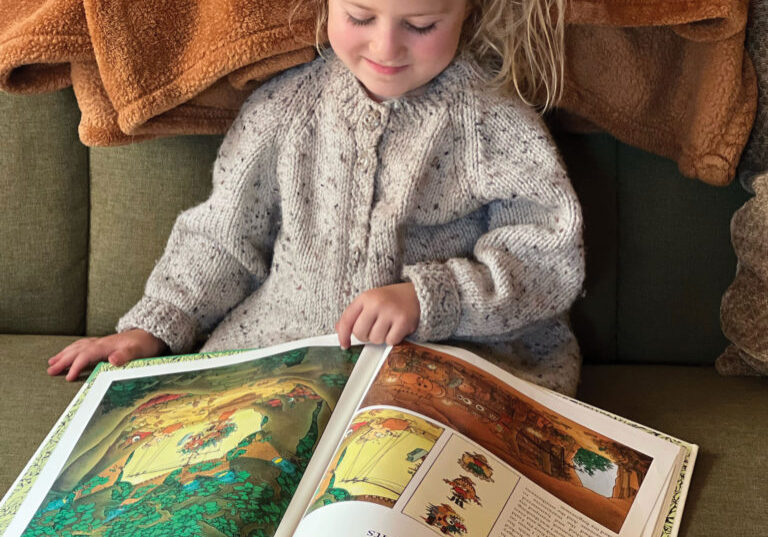
Clever Ways To Help Kids Discover The Fun Of Reading
One of the most important things parents can do is raise a reader. Successful reading leads to successes in academics and gives kids a solid start in life. In fact, […]
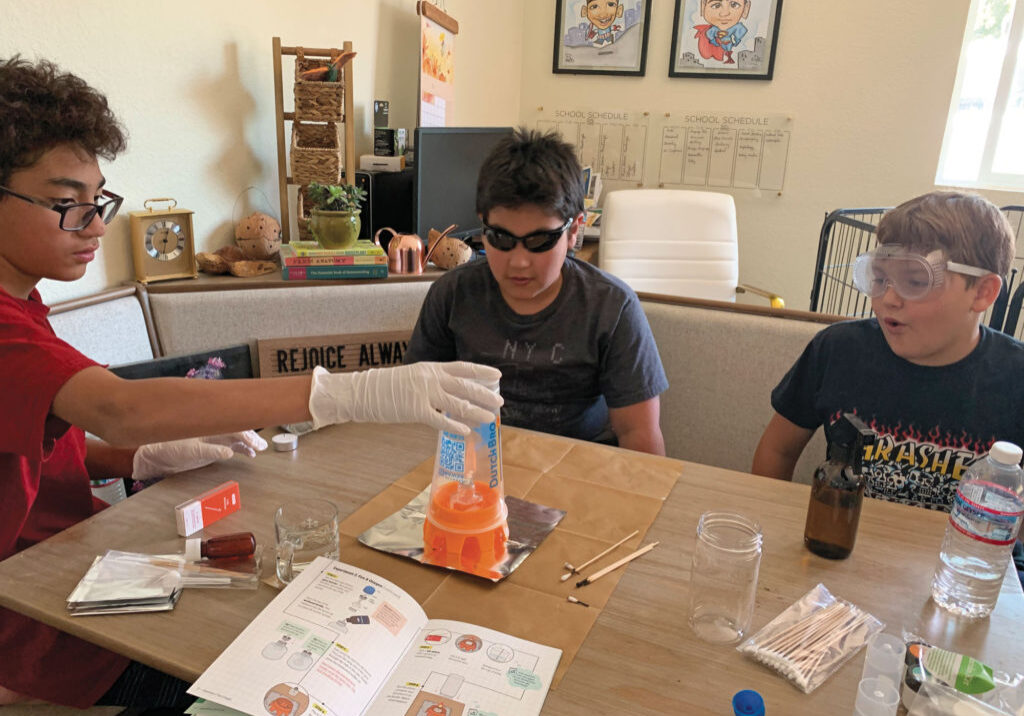
Homeschooling Moms Answer Common Questions
Since the pandemic began, veteran homeschooling families have gotten many requests to tell others how they manage. We recruited seven local homeschooling moms to help answer some of the common […]
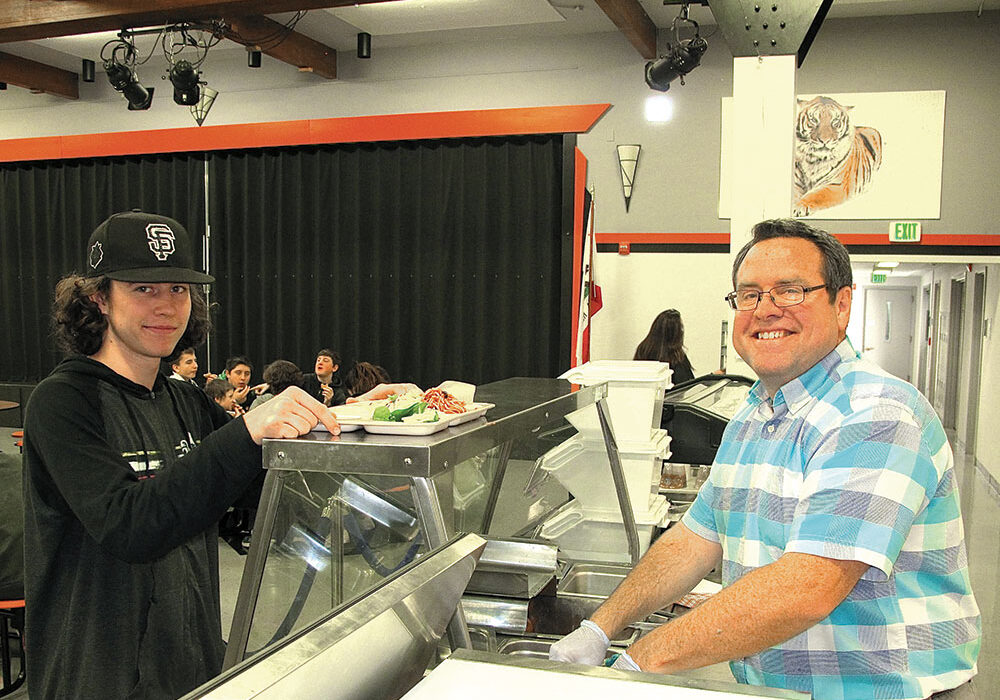
What’s On The Menu? Lifelong kitchen skills for teens at Dunsmuir High School
“This is not like a class,” Jeff Capps announces to students enrolled in Dunsmuir High School Culinary Arts Program (Dunsmuir, CA). Each new roomful of students may well wonder what […]
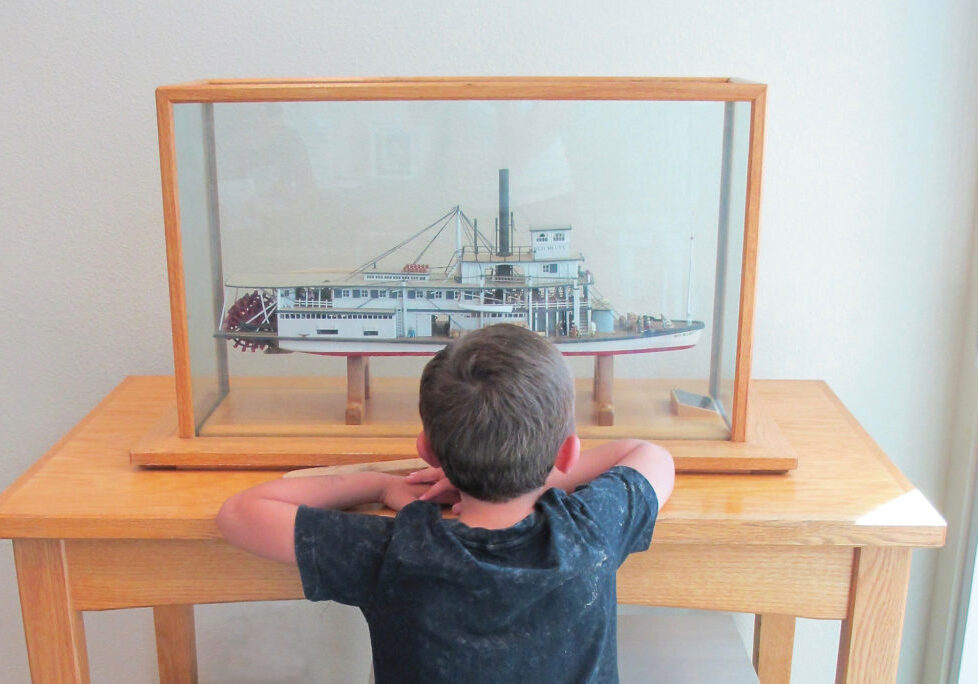
The Power of Awe: Why Our Children Need More Awe and How To Give It To Them
Maybe you just spotted a rainbow, watched a video about our expansive universe, or witnessed the birth of your child. The emotion you feel is hard to grasp—an overwhelming mix […]

